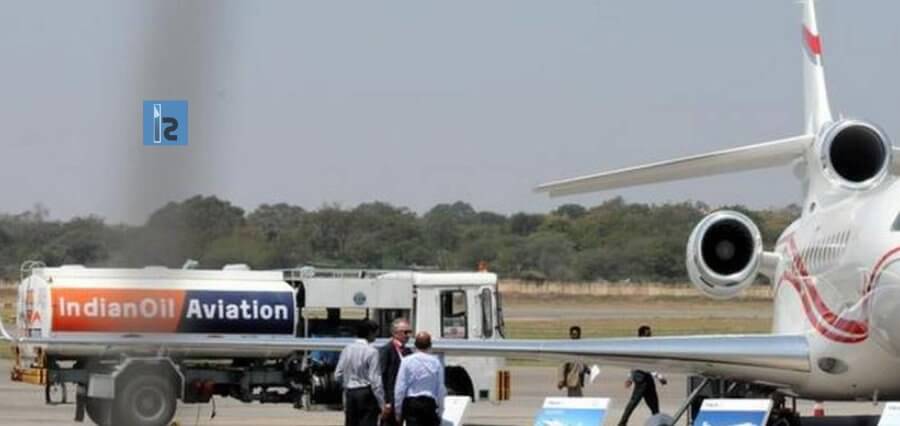As India exports fuel for the first time in its history, its oil trade is entering a new chapter. Aviation gasoline, used to power unmanned aerial vehicles (UAVs) and tiny planes, has begun to be exported by Indian Oil Corporation (IOC). With the start of petroleum exports, India joined a worldwide industry worth an estimated $2.7 billion.
Over the weekend, Papua New Guinea received its first shipment of 80 barrels of aviation gas from the Jawaharlal Nehru Port Trust (JNPT). Each barrel holds 16 kiloliters of aviation gas, according to the company’s statement.
Compared to imported fuels, aviation gasoline is a high-octane fuel with better performance and quality criteria. This fuel is typically used by flying schools for piston-engined aircraft. Around 35 flying schools in the nation would profit from the gas, which has been approved by the DGCA (Directorate General of Civil Aviation).
Unmanned aerial vehicles (UAVs) are being employed more frequently in modern combat such as Russia and Ukraine, which makes the development a significant step forward for India in terms of its defense readiness.
The IOC is eager to enter markets with a high demand for aviation gasoline in areas including Asia Pacific, Africa, South America, West Asia, and Europe after satisfying domestic demand.
Till last September, India purchased this fuel from European markets but since then has started production of aviation fuel at its Vadodara facility. As of right now, Indian Oil Corporation is the only manufacturer of the aviation fuel in India with a 5,000-tonne annual capacity.
The IOC Chairman has stated that the country’s aviation traffic is anticipated to grow at a pace of 7% CAGR, while the global market for aviation gas is anticipated to rise at a rate of 5% CAGR. It is his belief that India will be able to capture a sizeable portion of the market because of its superior performance, high standards of quality, and affordable prices.


